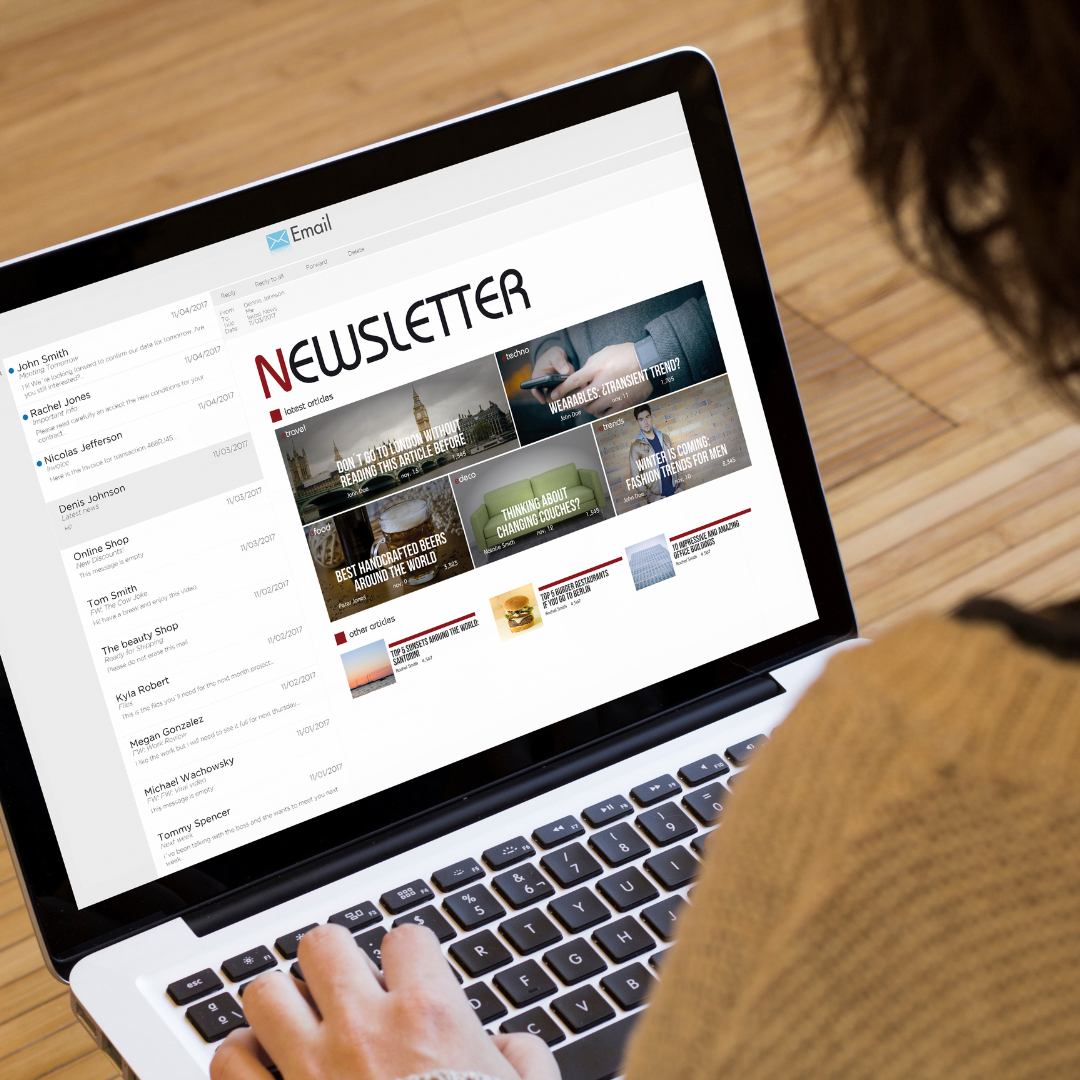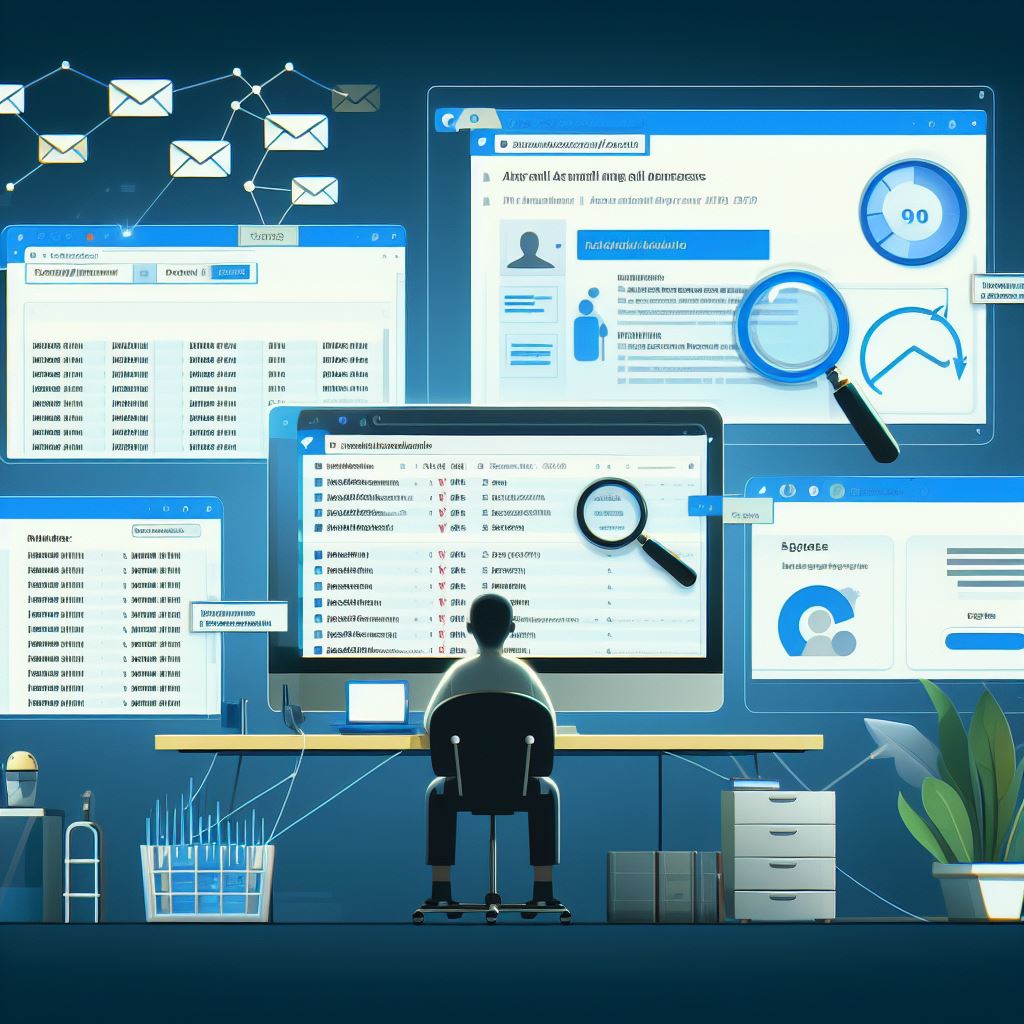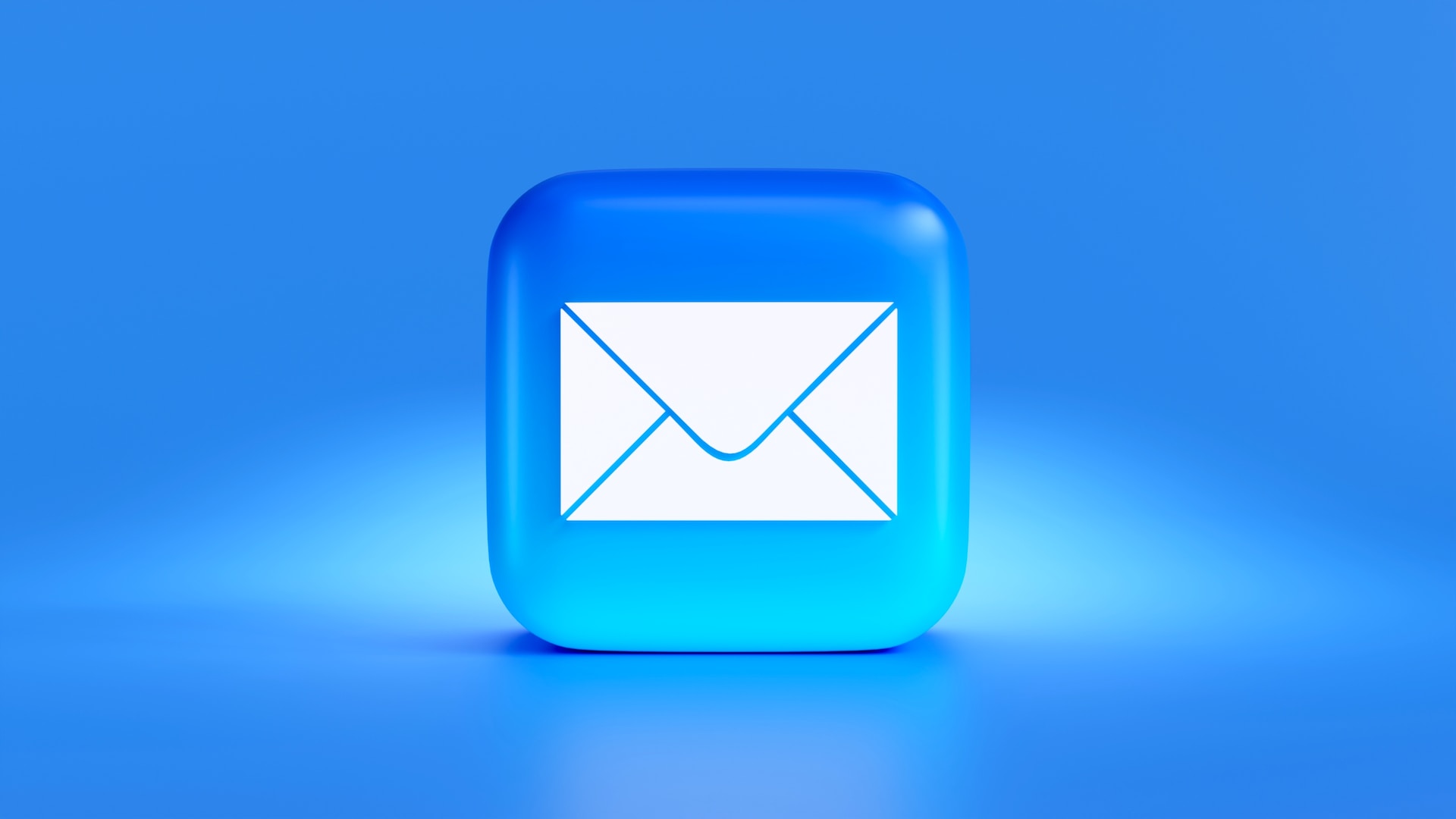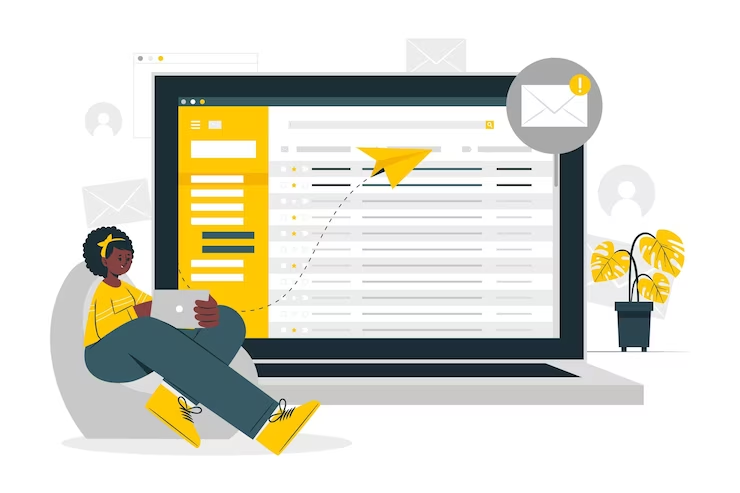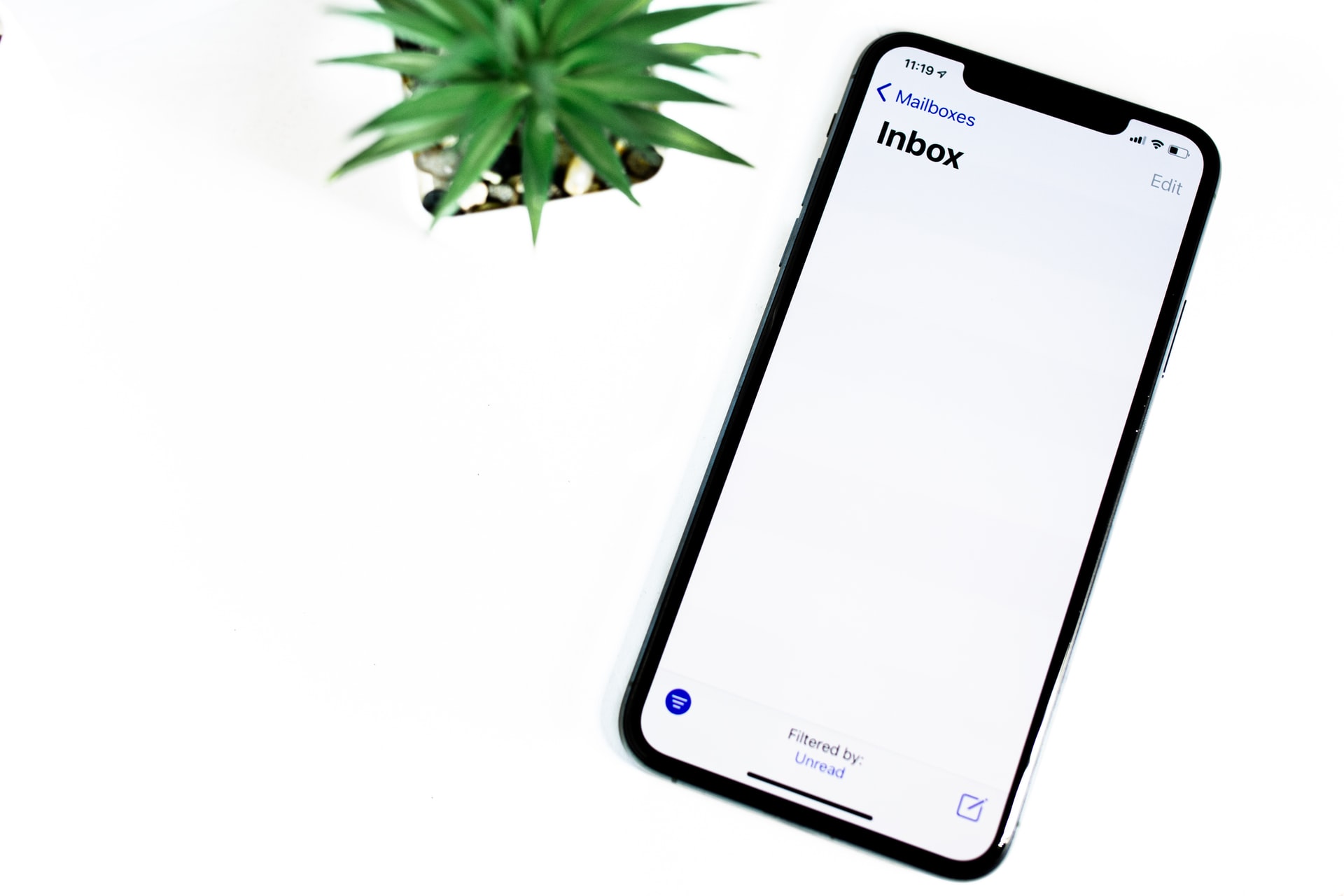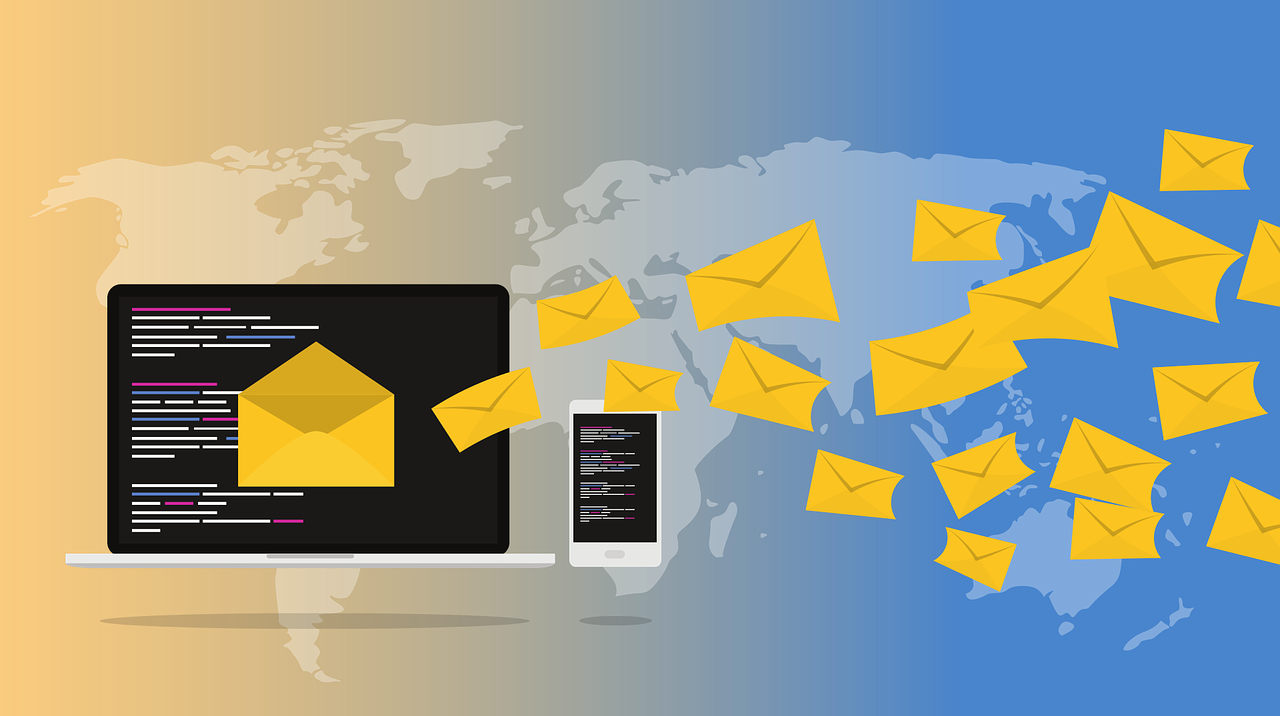A Handbook for Crafting Outstanding Email Automation Plans
April 11, 2024
Why Email Marketing Is More Important Than Ever
January 7, 2024
Leveraging Email Marketing for Increased Hotel Room Sales
January 3, 2024
Supercharge Your Digital Marketing with Email Finder Tools
October 13, 2023
How To Develop An Email Marketing Strategy That Converts
February 21, 2023
69 Catchy Email Subject Line Examples To Boost Your Open Rates
November 10, 2022

